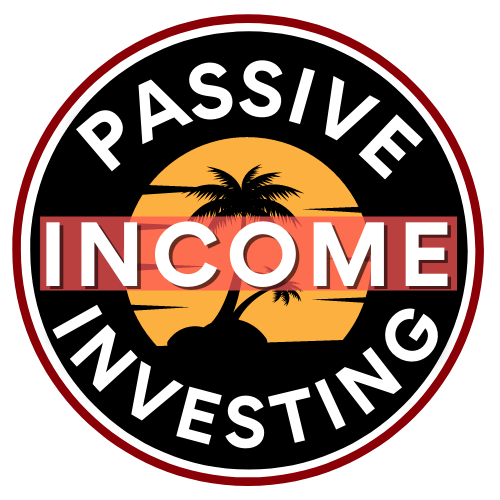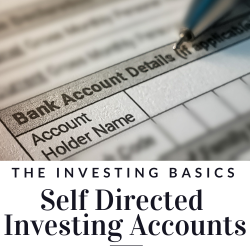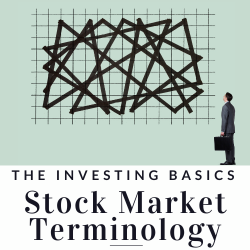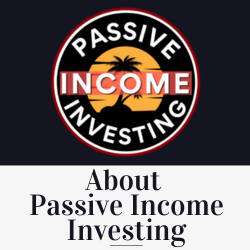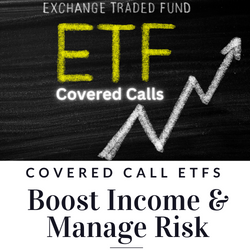
Covered Call ETFs: An Introduction to Boosting Income and Managing Risk
Covered Call ETFs: An Introduction to Boosting Income and Managing Risk
If you’re looking for a way to increase your investment income while minimizing your risk exposure, Covered Call ETFs may be an option for you.
These specialized exchange-traded funds provide a unique approach to generating income through options trading, with the added benefit of reduced downside risk. In this article, we’ll dive into the world of covered call ETFs, exploring their benefits, risks, and potential for enhancing your investment portfolio.
What Are Covered Call ETFs?
Covered call ETFs are a type of exchange-traded fund that invests in a portfolio of stocks while also selling call options on those same stocks. A call option is a contract that gives the holder the right, but not the obligation, to buy a stock at a specified price (the “strike price”) within a certain time frame. When an investor sells a call option, they receive a premium, which is income that can be used to boost the fund’s overall returns.
Covered call ETFs differ from traditional ETFs in that they use the income generated by selling call options to supplement their dividends or overall returns. By doing so, they can potentially offer higher yields than similar non-option-based ETFs. Additionally, because the sale of call options provides a level of downside protection, covered call ETFs may be less volatile than traditional ETFs.
How Do Covered Call ETFs Work?
To understand how covered call ETFs work, let’s consider a hypothetical example.
Imagine a covered call ETF that owns shares in XYZ Corporation, which is currently trading at $50 per share. The ETF decides to sell call options on its XYZ shares with a strike price of $55 and an expiration date of one month from now. In exchange for selling the call options, the ETF receives a premium of $1 per share, or $100 total (since each option contract represents 100 shares).
Now, there are two possible scenarios that could play out. If the price of XYZ shares remains below $55 at the expiration date, the call options will expire worthless, and the ETF will keep the premium as income. On the other hand, if the price of XYZ shares rises above $55, the ETF will be obligated to sell its shares to the option buyer at the strike price of $55. While the ETF will miss out on any additional upside beyond $55, it will still make a profit, since it originally purchased the shares at a lower price.
Benefits of Covered Call ETFs
So, why invest in covered call ETFs? Here are some of the potential benefits:
Income Generation
As mentioned earlier, covered call ETFs can offer higher yields than traditional ETFs, thanks to the income generated by selling call options. This can be particularly appealing in today’s low-interest-rate environment, where many fixed-income investments are offering meager returns.
Reduced Downside Risk
Because the sale of call options provides a level of downside protection, covered call ETFs may be less volatile than traditional ETFs. While this downside protection is not foolproof, it can help to limit losses during market downturns.
Diversification
Covered call ETFs invest in a portfolio of stocks, which can provide diversification benefits. By holding a basket of stocks, investors can spread out their risk exposure and potentially reduce the impact of any individual stock’s price movements.
Risks of Covered Call ETFs
Of course, no investment comes without risk. Here are some of the potential downsides to consider before investing in covered call ETFs:
Lower Upside Potential
By selling call options, covered call ETFs are essentially capping their potential gains on the underlying stocks
Management Fees
Covered Call ETFs are considered to be actively managed, therefore investors should expect to see slightly higher Management Fee, in exchange for the Fund Managers selling call options to get premium money and other actively management duties such as enhancing the ETF portfolio’s returns with value stock picks.
In conclusion
You don’t have to go all in on Covered Call ETFs like we do on the YouTube channel, but it is an affective way to generate cash flow every month from you portfolio. Covered call ETFs can be a smart addition to your investment portfolio if you are looking to provide downside protection, gain exposure to a diversified portfolio of stocks and to generate income.
